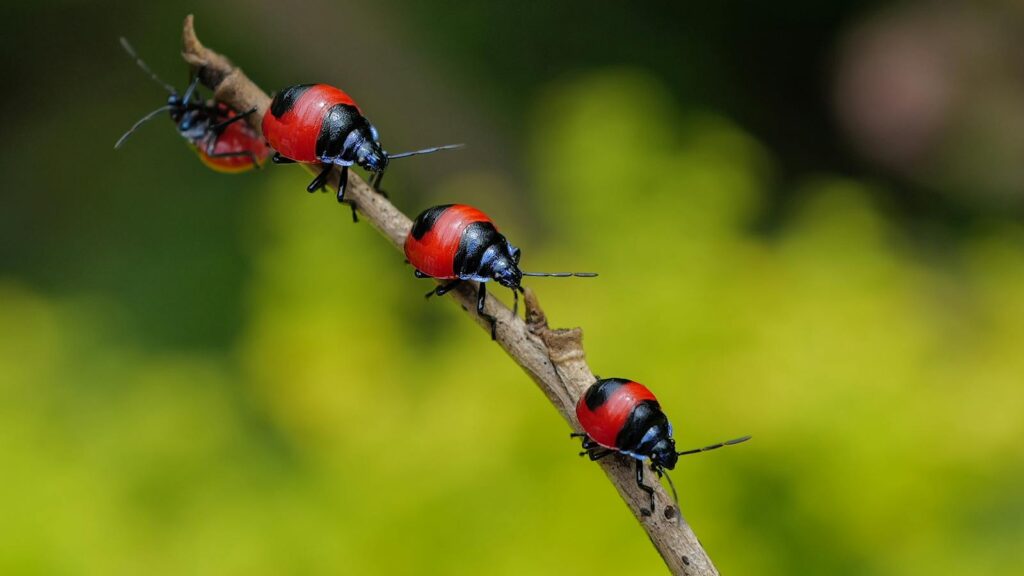
Keeping pet beetles can be a fascinating and rewarding hobby, offering a glimpse into the intricate world of these remarkable insects. Many beetle species, particularly those in the Scarabaeidae, Cerambycidae, and Lucanidae families, rely heavily on wood during various stages of their life cycle. From reproduction to nutrition, the right wood choices can significantly impact your pet beetles’ health, development, and longevity. This comprehensive guide explores the optimal wood types and branches to create the perfect habitat for your six-legged companions, ensuring they thrive in captivity while satisfying their natural instincts and behaviors.
Understanding Beetles’ Relationship with Wood
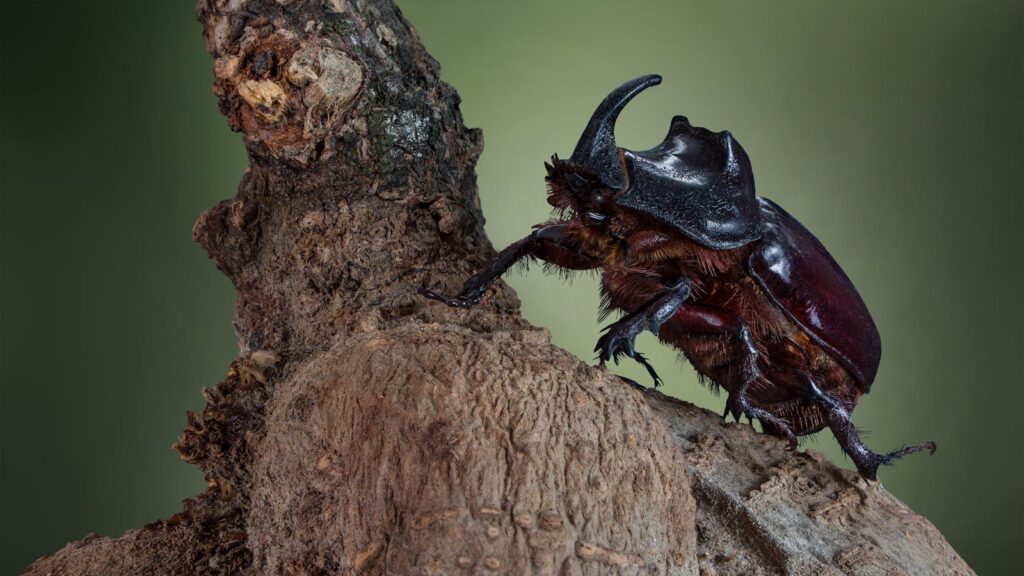
Beetles have evolved alongside trees for millions of years, developing specialized relationships with various wood types. For many species, wood isn’t just shelter—it’s a complete ecosystem. Xylophagous (wood-eating) beetles derive nutrients directly from wood tissues, while others hunt for smaller invertebrates within decaying logs. Some beetles lay eggs in specific wood types, with the developing larvae creating intricate tunnel systems as they feed and grow. The moisture content, hardness, state of decomposition, and chemical composition of the wood all influence its suitability for different beetle species. Understanding your specific beetle’s natural preferences is crucial for recreating optimal conditions in captivity.
Hardwoods vs. Softwoods: Making the Right Choice
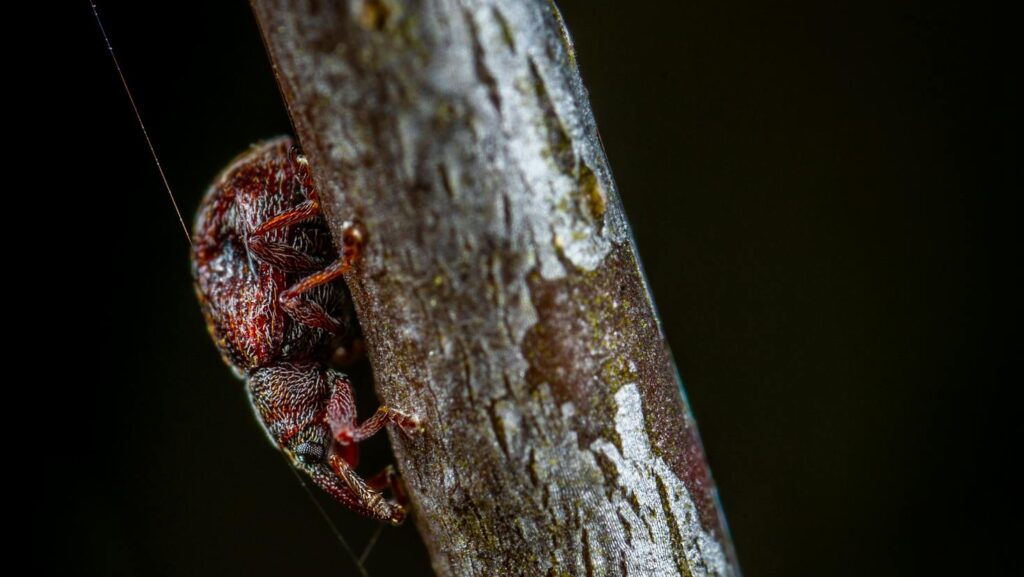
When selecting wood for pet beetles, the fundamental distinction between hardwoods and softwoods can significantly impact your beetles’ wellbeing. Hardwoods, derived from deciduous trees such as oak, maple, and beech, typically offer denser, more durable material that breaks down slowly, providing long-term habitat stability. These woods often contain higher tannin levels and different nutrient profiles that certain beetle species have evolved to process. Softwoods like pine, spruce, and cedar come from coniferous trees and generally decompose more quickly, which can benefit faster-breeding species. However, many softwoods contain aromatic oils and resins that can be toxic to certain beetle species, particularly if the wood is fresh or inadequately aged. Research your specific beetle species’ natural habitat to determine whether they typically frequent hardwood or softwood environments.
Oak: The Gold Standard for Many Beetle Species
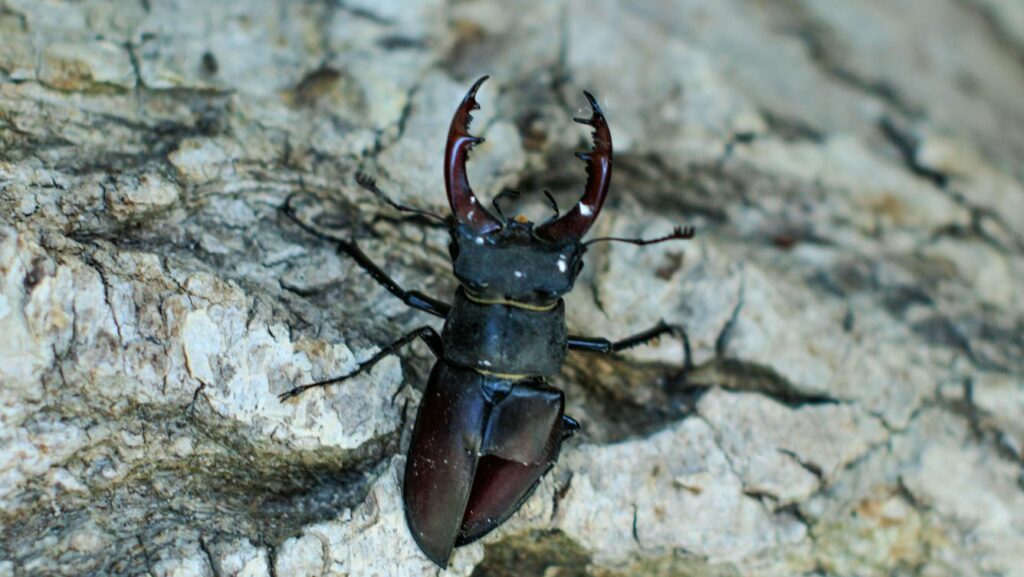
Oak wood stands as perhaps the single most versatile and beneficial wood type for a wide range of pet beetle species. Its dense structure provides excellent tunneling material for larvae of rhinoceros beetles, stag beetles, and many longhorn species. Oak contains beneficial microorganisms that aid in digestion for many wood-dependent beetles, while its slow decomposition rate creates a stable environment that can last throughout your beetles’ life cycle. The natural tannins in oak also help prevent harmful mold growth while supporting beneficial fungi that some beetle species cultivate or consume. For optimal results, aged oak that has begun natural decomposition processes is generally preferable to fresh cuts, as the aging process breaks down some compounds and initiates the microbial activity that many beetles rely upon.
Beech and Maple: Excellent Alternatives to Oak
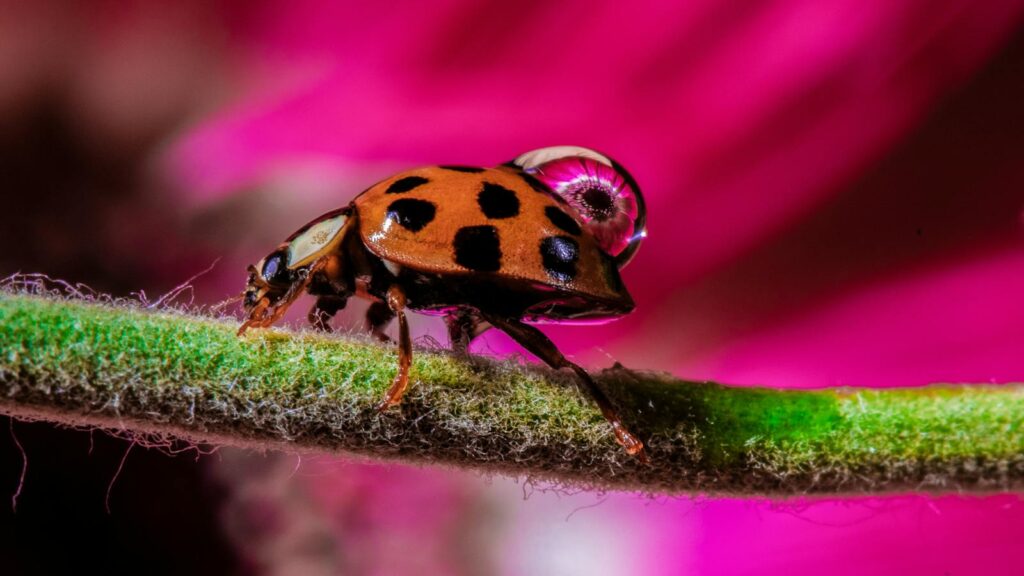
Beech and maple woods serve as outstanding alternatives to oak, offering similar benefits while providing variety in your beetles’ habitat. These hardwoods share oak’s density and durability characteristics while introducing slightly different nutrient profiles that can benefit certain species. Beech wood is particularly valued for its consistent texture and lack of toxins, making it ideal for more sensitive beetle species or breeding setups. Maple, with its moderate hardness and excellent moisture-retention properties, creates an ideal environment for beetles that prefer slightly damper conditions. Both woods decompose at rates comparable to oak, establishing stable, long-term habitats that support healthy beetle colonies. These woods are especially recommended for stag beetles (Lucanidae family) and some flower beetles (Cetoniinae subfamily), which naturally inhabit deciduous forests where these tree species are common.
Avoiding Potentially Harmful Woods
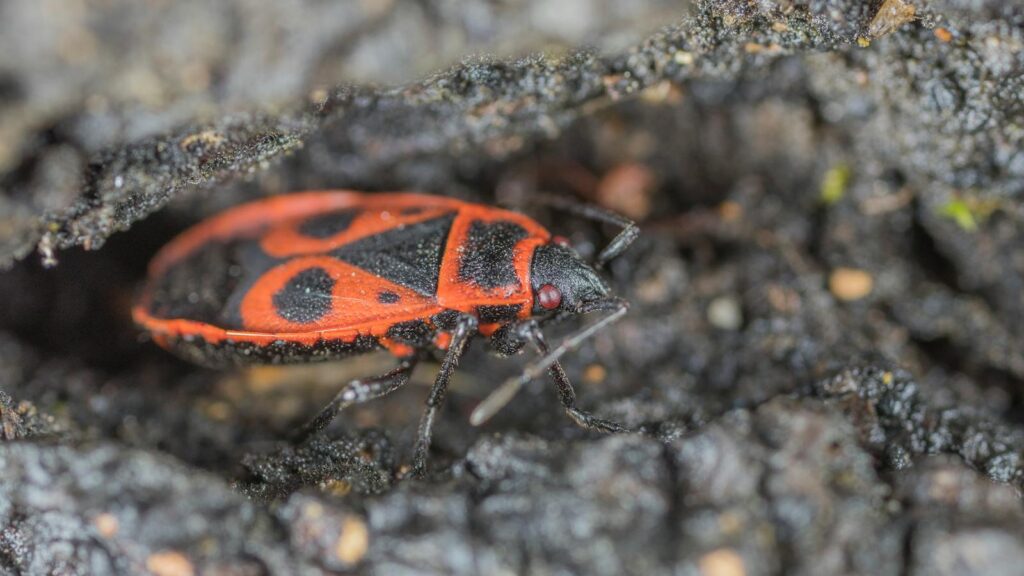
Several wood types should be avoided entirely when creating habitats for pet beetles due to their potentially harmful properties. Fresh pine, cedar, and other resinous softwoods contain aromatic oils and phenols that can irritate or even poison many beetle species, particularly in enclosed environments where these compounds cannot dissipate naturally. Pressure-treated lumber, painted wood, or anything treated with chemicals should never be used, as these contain preservatives and pesticides specifically designed to prevent insect activity. Woods with strong natural insect-repelling properties, such as osage orange, black walnut, and sassafras, may contain compounds that stress or harm your beetles. Additionally, wood harvested from areas known for pesticide use or environmental contamination should be avoided to prevent introducing harmful substances into your beetles’ ecosystem.
Properly Aging and Preparing Wood
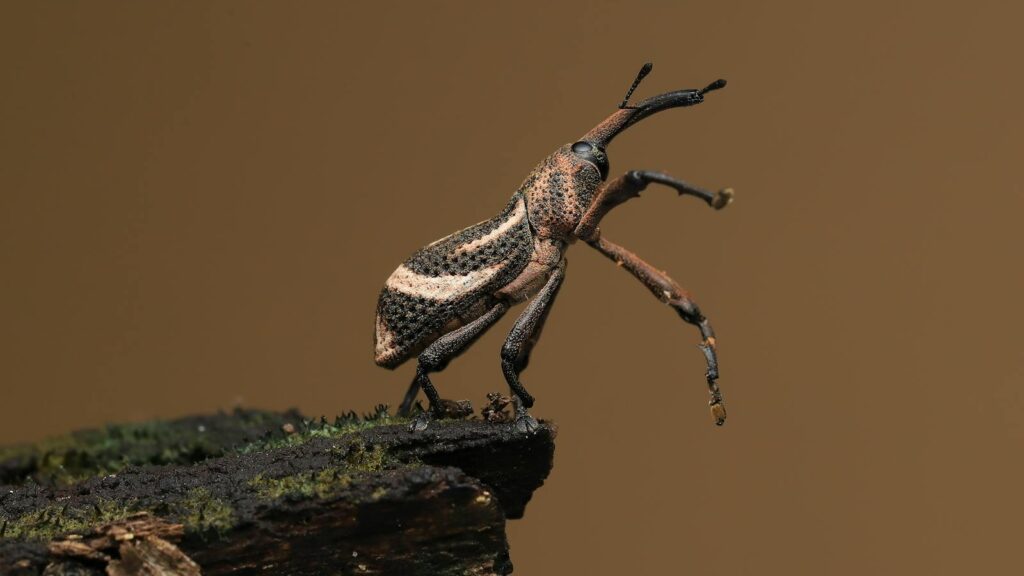
Proper aging and preparation of wood is crucial for creating a safe beetle habitat, regardless of the wood type selected. Freshly cut wood often contains high levels of sap, resins, and natural defensive compounds that can harm beetles or disrupt their digestive processes. Allow collected wood to age outdoors for at least 6-12 months, exposing it to natural weathering processes that leach out potentially harmful compounds while initiating beneficial decomposition. For faster preparation, some keepers boil smaller pieces of wood to remove excess sap and kill any unwanted organisms, though this may also eliminate beneficial microbes that aid beetle digestion. After initial aging, allowing the wood to develop a light coating of white rot fungus can be beneficial for many species, particularly stag beetles and rhinoceros beetles, as this fungus begins breaking down lignin, making the wood more digestible and nutritionally accessible.
Creating the Ideal Decomposition Stage

Different beetle species prefer wood at varying stages of decomposition, making this factor crucial when selecting habitat materials. Stag beetles (Lucanidae) typically prefer wood in moderate to advanced stages of decomposition, where white rot has softened the material and initiated the breakdown of tough cellulose and lignin. Rhinoceros beetles (Dynastinae) often thrive in substrates containing a mix of decomposed wood and soil, mimicking their natural forest floor habitat. Some longhorn beetles (Cerambycidae) prefer fresher wood with higher moisture content, though still aged enough to reduce harmful compounds. The ideal decomposition stage can be identified by the wood’s texture—properly decomposed wood should retain its shape but feel somewhat soft when pressed firmly, allowing beetles to tunnel or feed without excessive effort. This “goldilocks zone” of decomposition provides optimal nutrition while maintaining structural integrity for the beetles’ habitat.
Size and Configuration of Wood Pieces

The dimensions and arrangement of wood in your beetle enclosure can significantly impact your pets’ behavior, breeding success, and overall wellbeing. Larger beetle species generally benefit from substantial pieces that allow for complete immersion in their preferred environment, with logs at least 6-8 inches in diameter providing ample space for tunneling, hiding, and breeding. For communal species, offering multiple wood pieces creates natural territories and reduces competition stress. Vertical wood pieces partially buried in substrate can mimic standing dead trees, providing natural climbing surfaces that many arboreal beetle species prefer. Creating a variety of microhabitats within one enclosure—combining pieces with different levels of decomposition, moisture content, and orientation—allows beetles to self-regulate according to their physiological needs. Remember that many beetle species use wood not just for feeding but also for behavioral needs like courtship and territory establishment.
Wood for Specific Beetle Families
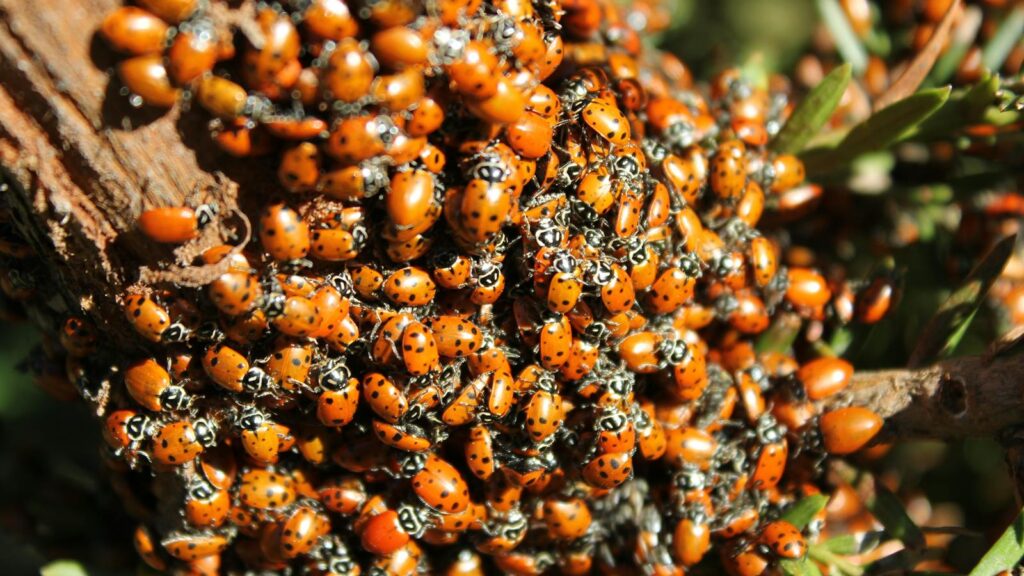
Different beetle families have evolved specialized relationships with particular wood types based on their natural ecology. Stag beetles (Lucanidae) generally prefer hardwoods like oak, beech, and maple in advanced stages of decomposition, with white rot fungus present to aid digestion. Rhinoceros beetles (Dynastinae) thrive with partially decomposed hardwoods mixed with soil and leaf litter, creating a nutrient-rich environment similar to their natural forest floor habitat. Longhorn beetles (Cerambycidae) often prefer species-specific wood types; many North American species favor oak and maple, while tropical species may require more exotic woods matching their native forests. Flower beetles (Cetoniinae) generally do well with a mix of decomposed hardwood and leaf compost. Research your specific beetle’s natural diet and habitat requirements, as some species have evolved alongside particular tree species and may struggle without their preferred wood type.
Enhancing Wood with Supplements
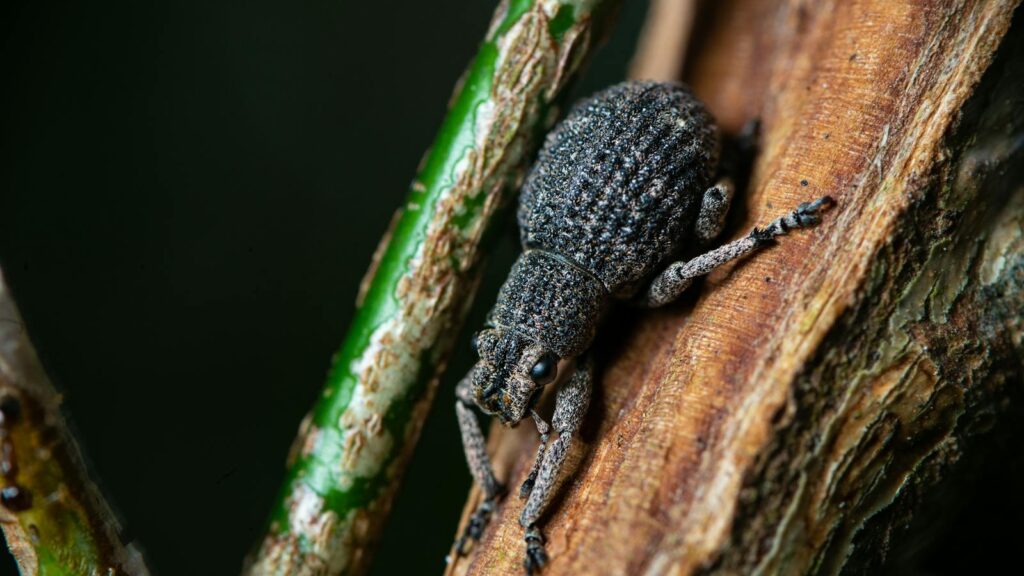
While quality wood forms the foundation of a beetle habitat, supplementing it with additional materials can create an even more nurturing environment. For species that consume rotting wood, adding small amounts of plain white mushroom mycelium can introduce beneficial fungi that aid in wood decomposition and provide additional nutrients. Powdered minerals like calcium can be lightly dusted onto habitat wood to supplement beetles’ nutritional needs, particularly for breeding females. Some keepers report success adding minimal amounts of natural protein supplements like crushed dried insects to the wood substrate for certain species. For breeding setups, creating layers with different materials—partially decomposed leaves, wood in various decomposition stages, and minimal amounts of sterilized soil—can provide optimal egg-laying sites while ensuring larvae find suitable nutrition as they develop. These enhancements should be used sparingly and researched specifically for your beetle species.
Maintaining Proper Moisture Levels in Wood
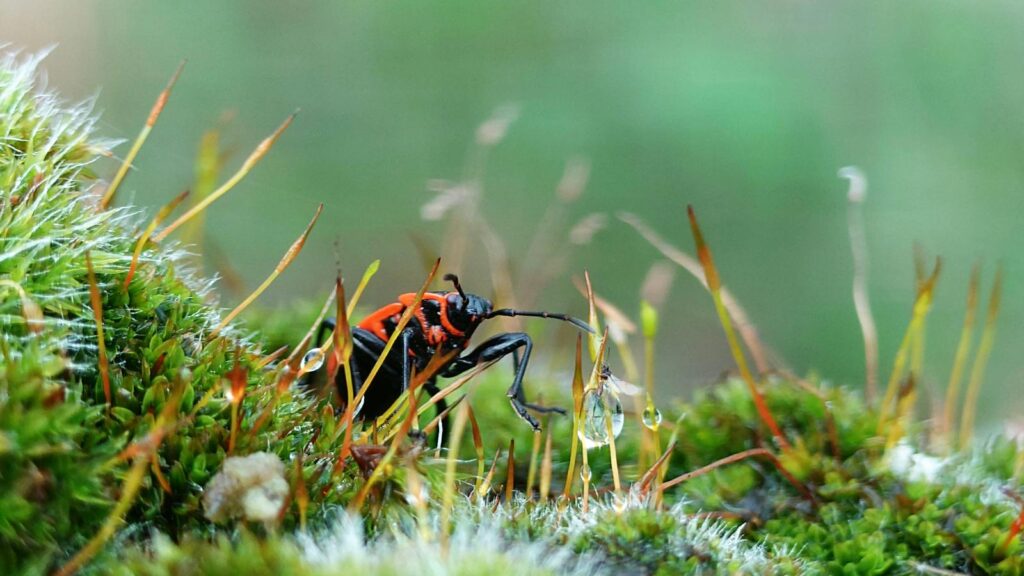
Moisture management is perhaps the most critical ongoing maintenance task for wood in beetle habitats. Excessive dryness can prevent beetles from properly digesting wood, lead to dehydration, and make tunneling difficult or impossible for species that modify their environments. Conversely, overly wet conditions promote harmful mold growth, bacterial infections, and substrate compaction that can suffocate beetles or their larvae. Most forest-dwelling beetle species prefer wood with 60-80% relative humidity, feeling damp to the touch but not soggy or waterlogged. For larger enclosures, creating a moisture gradient allows beetles to self-regulate, with one area kept slightly damper than others. Regular misting with dechlorinated water helps maintain appropriate moisture levels, though frequency should be adjusted based on your local climate and enclosure ventilation. Using a moisture meter can help prevent guesswork and ensure conditions remain within the optimal range for your specific species.
Sourcing Wood Ethically and Safely
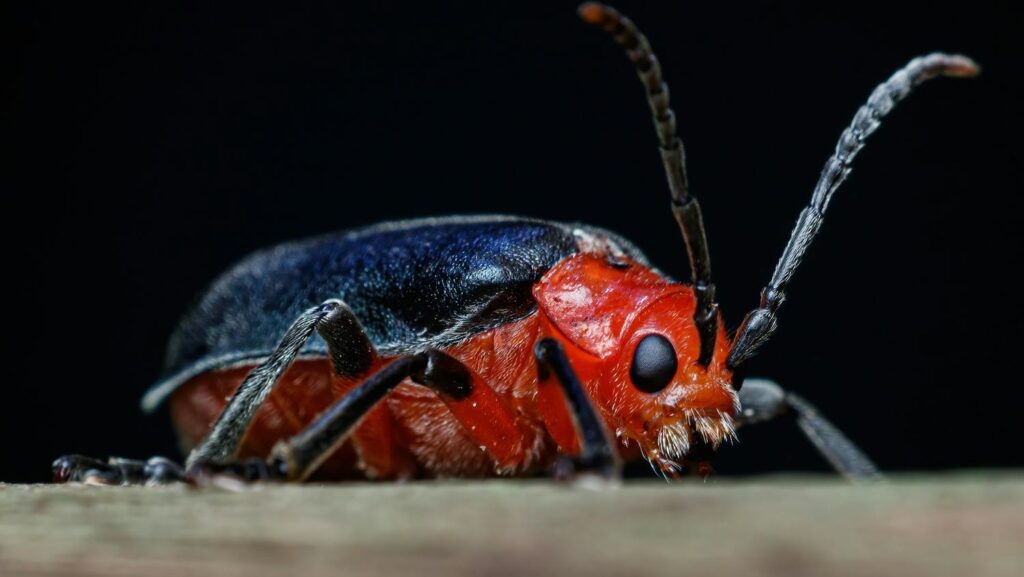
Ethical and safe sourcing of wood for beetle habitats ensures both environmental responsibility and the health of your pets. Collecting fallen branches and logs from unprotected forests, with appropriate permissions, provides naturally weathered wood while avoiding damage to living trees. Urban tree trimming operations often discard suitable hardwood branches that can be repurposed for beetle habitats after proper aging. When purchasing wood, seek suppliers specializing in untreated, chemical-free products, ideally from sustainable forestry operations. Never harvest wood from areas treated with pesticides, near industrial sites, or along roadsides where pollutants may have contaminated the material. For rare beetle species with highly specific requirements, connecting with specialized exotic pet communities can help identify appropriate sources of species-specific woods. Regardless of source, all collected wood should be thoroughly inspected for signs of harmful pests, particularly other wood-boring insects that could compete with or harm your beetles.
Recognizing Signs of Unsuitable Wood

Being able to identify when wood is inappropriate for your beetles can prevent health issues and environmental stress. Strong, unpleasant odors from wood often indicate excessive resin content, harmful fungal growth, or chemical contamination, making such pieces unsuitable for beetle habitats. Wood showing signs of black mold (as opposed to beneficial white rot) should be removed immediately, as these fungi can produce mycotoxins harmful to beetles. Unusual coloration, particularly green or blue staining not typical of natural decomposition, may indicate copper-based fungi or chemical treatments that could harm your pets. Behavioral cues from the beetles themselves provide valuable feedback—if beetles consistently avoid certain wood pieces while readily accepting others of the same species, the avoided pieces likely contain deterrent compounds. Regular monitoring of wood quality ensures your beetles maintain access to appropriate habitat materials, which is especially important during critical life stages like reproduction and larval development.
Building Multilayered Habitats with Various Woods
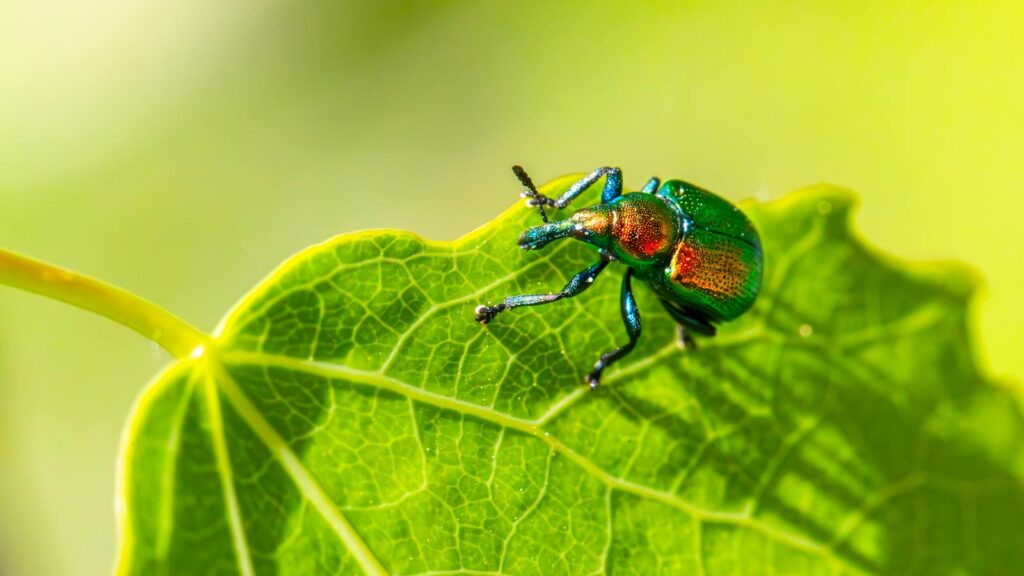
Creating complex, multilayered habitats with different wood types and decomposition stages can dramatically enhance your beetles’ quality of life while supporting their complete life cycle. Starting with a base layer of well-decomposed wood mixed with some forest soil provides an ideal egg-laying substrate for many species. Above this, incorporating partially decomposed pieces creates feeding zones for both adults and developing larvae. Adding some fresher, harder pieces on top provides adult beetles with climbing structures and resting areas away from the damper substrate. This stratified approach mimics natural forest floor environments where materials in various decomposition stages naturally accumulate. For communal setups, incorporating different wood species within one enclosure can cater to individual preferences while potentially providing dietary variety. This method is particularly effective for display enclosures housing multiple species with complementary but slightly different preferences.
Conclusion: Creating a Wooden Paradise for Your Beetles
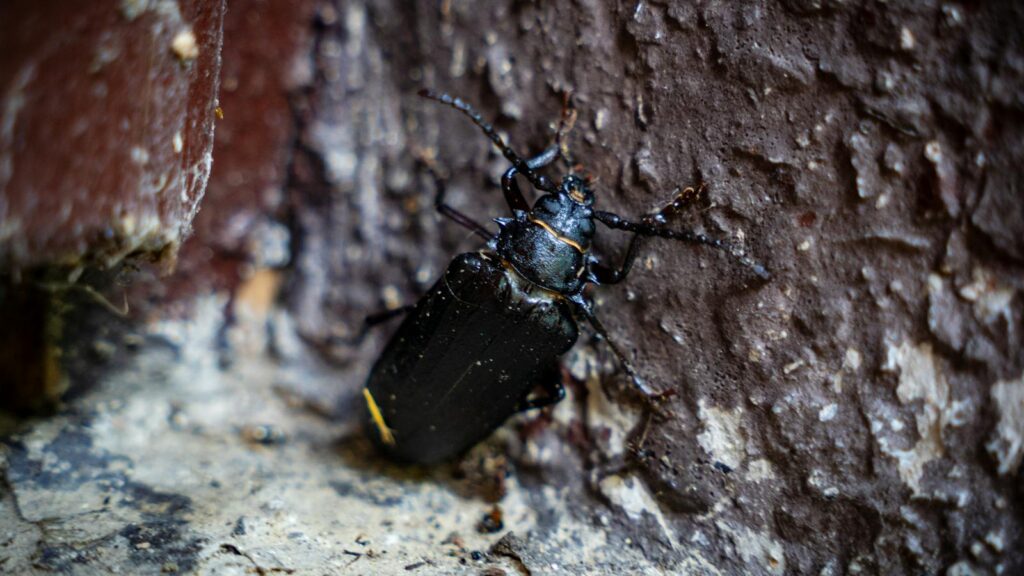
Providing the right wood types and branches for your pet beetles requires understanding their specific evolutionary adaptations and biological needs. By selecting appropriate hardwoods like oak, beech, and maple, properly aging and preparing materials, and maintaining optimal moisture levels, you create an environment where beetles can express their natural behaviors and complete their life cycles successfully. Remember that wood isn’t just food or shelter for many beetle species—it’s an integral part of their existence, influencing everything from digestion to reproduction. Taking time to research your specific beetles’ requirements and creating customized wooden microhabitats will reward you with healthier, more active pets and potentially successful breeding. The relationship between beetles and wood represents millions of years of co-evolution, and honoring this relationship in captive care ensures these fascinating insects can thrive under our stewardship.
